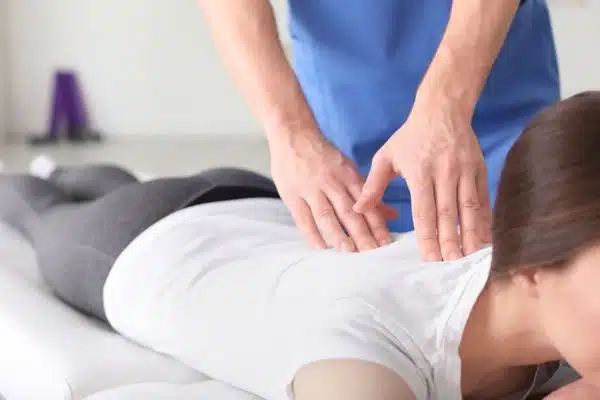

A popping sensation, swelling, and pain—could your sports injury be more than just a sprain? These could indicate signs you might have a ligament tear after a sports injury, perhaps from a high-impact play or awkward movement on the field.
As one of the most commonly overlooked sports injuries, recognizing early signs of a ligament tear is essential. It protects your long-term joint health and supports a faster, stronger return to your favorite activities.
In this post, we’ll help you recognize such signs so you can take action and heal confidently.
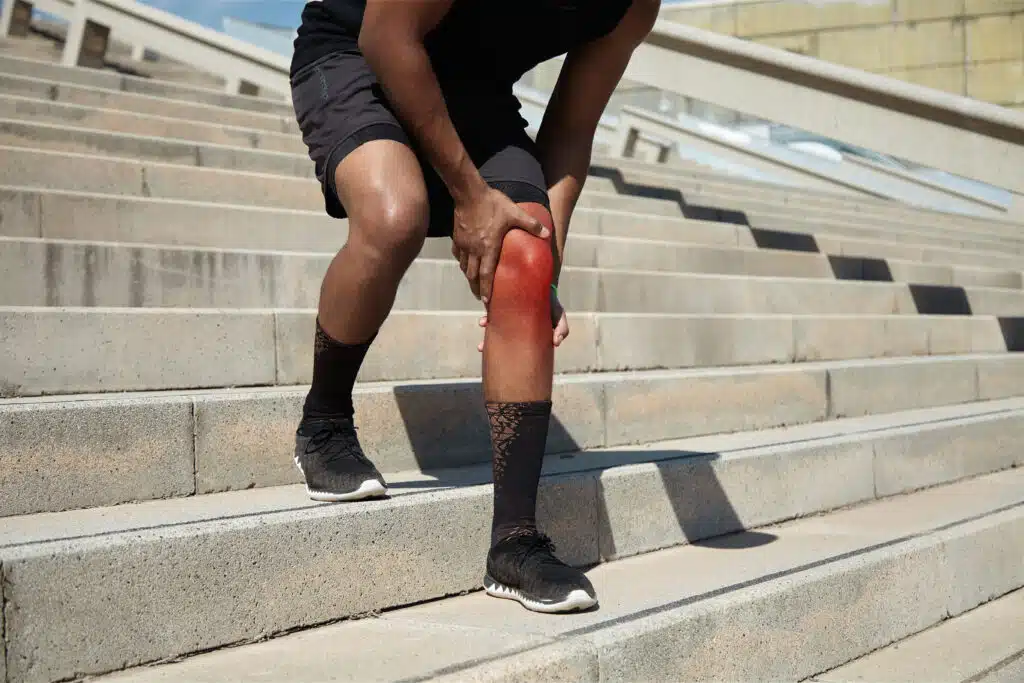
Ligaments connect bones and stabilize your joints by guiding proper movement and preventing excess motion. Tears occur when a ligament is pushed beyond its limits, whether from sudden impact, repetitive strain, or poor movement patterns. One of the most commonly torn ligaments is the anterior cruciate ligament (ACL), which helps stabilize the knee during movement.
Ligament injuries vary from person to person. Partial tears stretch or fray the ligament, while complete tears fully rupture the tissue. Since symptoms like swelling and tenderness can feel like a minor sprain, ligament injuries often go unnoticed at first.
That is why early diagnosis and timely treatment for knee ligament injury are very significant. Guidance from a healthcare provider can ensure that you start the right treatment quickly and avoid long-term damage.
Not every sports injury is a simple sprain. Sometimes, your body gives subtle or not-so-subtle clues that something more serious, like a ligament tear, has occurred. Here are seven signs to watch for:
That sudden snap, crack, or popping sound you experienced at the time of injury isn’t just unsettling; it’s often a first sign of a torn ligament. It usually happens right as the ligament gives way under pressure or strain.
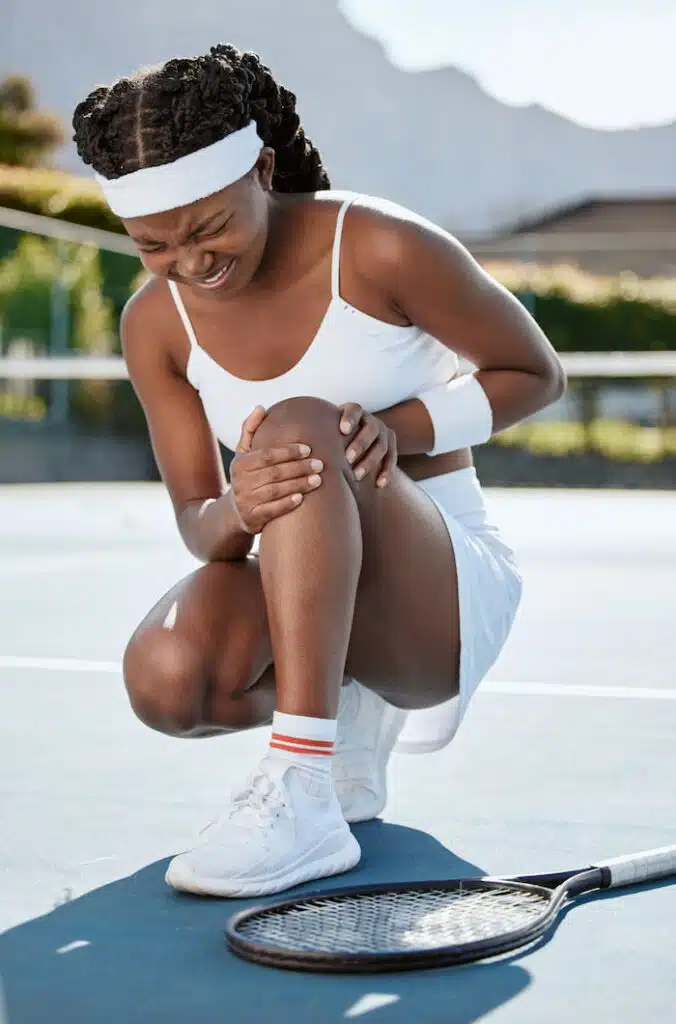
Fast-onset swelling, especially when followed by bruising, suggests internal bleeding from torn soft tissue. Unlike mild sprains, this type of inflammation can occur within minutes to hours after the injury.
Does your knee, ankle, or shoulder feel like it could “give out”? That wobbly, unstable feeling is a hallmark of ligament damage, especially when the ligament usually helps stabilize that specific joint.
Persistent or sharp pain during movement or bear weight is another red flag. It often worsens with activity and doesn’t improve much with basic rest or ice.
A torn ligament restricts joint movement, making it harder to fully straighten, bend, or rotate the injured area. This is often due to swelling or mechanical instability.
In some cases, torn ligaments can significantly affect nearby nerves, leading to tingling, numbness, or even a pins-and-needles sensation in the surrounding area. This symptom warrants ongoing evaluation by a professional.
Still dealing with pain, swelling, or instability after an athletic injury? These could be signs you might have a ligament tear after a sports injury, and getting it checked early can make all the difference.
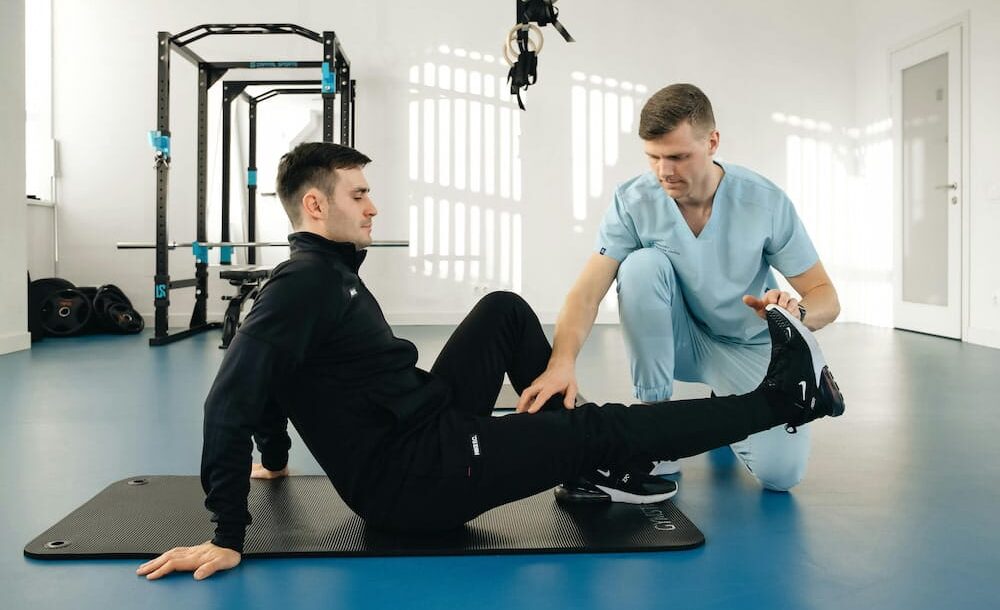
If your symptoms haven’t improved after a few days or are worsening, it’s time to seek professional care. Ignoring lingering severe pain, swelling, or joint instability can lead to longer recovery times and even permanent damage.
At Better Care Chiropractic & Physical Therapy, we specialize in evaluating joint stability, range of motion, and functional strength to pinpoint the exact nature of your injury. Our sports injury chiropractor creates personalized, non-surgical treatment plans that help your body heal naturally and safely, without medications or invasive procedures.
We commonly treat a wide range of sports-related ligament injuries, including:
Getting the proper care and ligament damage treatment early makes all the difference, and our team is here to guide you every step of the way.
At Better Care Chiropractic & Physical Therapy, we believe in helping your body heal naturally, without relying on surgery or long-term medications. We design personalized treatment plans to restore strength, mobility, and confidence after a ligament injury.
Here are various treatment options to demonstrate how we support your muscle tear recovery:

Proper joint alignment plays a significant role in recovery. Through gentle, targeted chiropractic adjustments, we help reduce secondary stress on surrounding joints, improve stability, and create an optimal environment for healing.
Once inflammation subsides, guided rehab exercises focus on rebuilding strength, restoring flexibility, and improving balance. Each session is tailored to your sport, physical activity level, and healing progress.
Ligament injuries often cause nearby muscles to tighten and overcompensate. Our soft tissue therapy techniques help relieve muscle tension, break up adhesions, and improve circulation to support recovery.
We may use regenerative treatments like Platelet-Rich Plasma (PRP) to accelerate tissue repair for certain ligament injuries, particularly partial ligament tears. These cutting-edge options stimulate your body’s natural healing processes, potentially aiding recovery and reducing inflammation.
Getting the right care early after a ligament injury can make all the difference. At Better Care Chiropractic & Physical Therapy, we focus on helping you recover naturally, comfortably, and confidently.
Here’s how early chiropractic care can support your healing journey:

When it comes to your health, listening to the signs is the first step. If you’re still feeling pain, swelling, and instability days after getting hurt while playing sports, they can be signs you might have a ligament tear after a sports injury.
That’s where expert, non-surgical care from Better Care Chiropractic & Physical Therapy comes in. Our team uses targeted, non-invasive treatments to support your body’s natural healing, so you can return to what moves you. Schedule a consultation today!

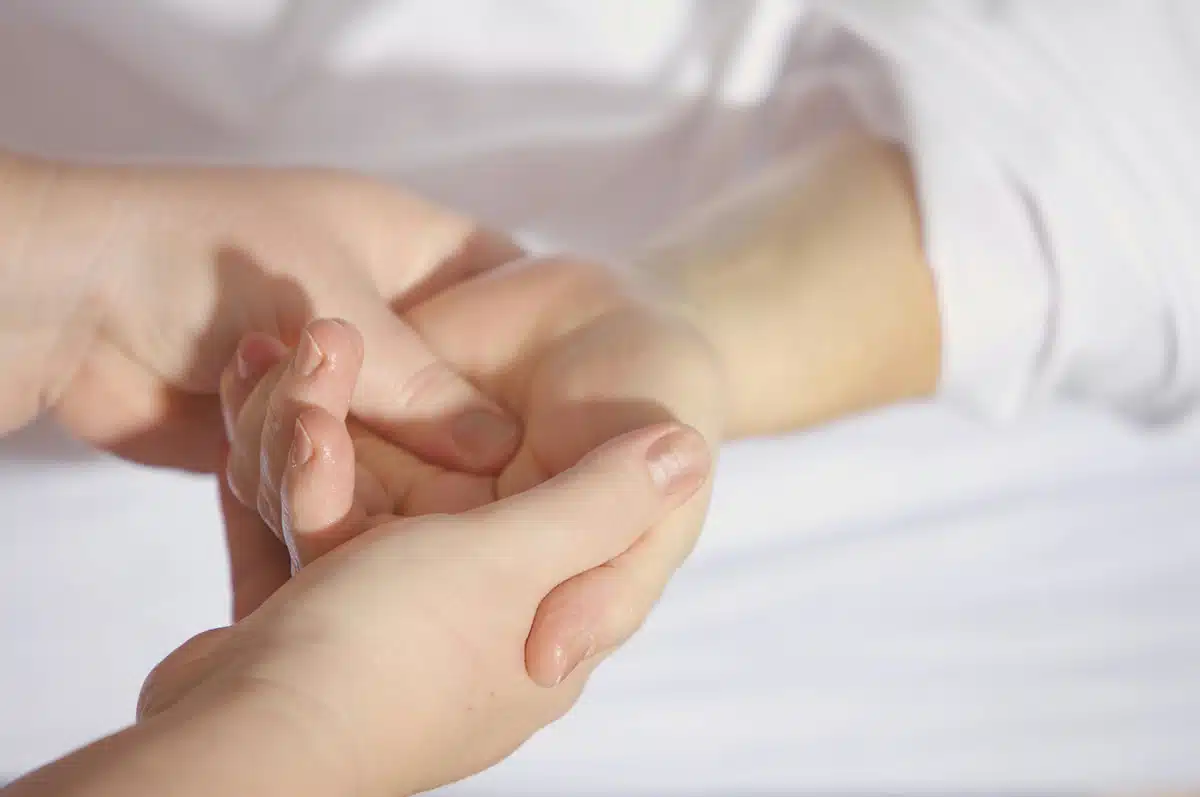
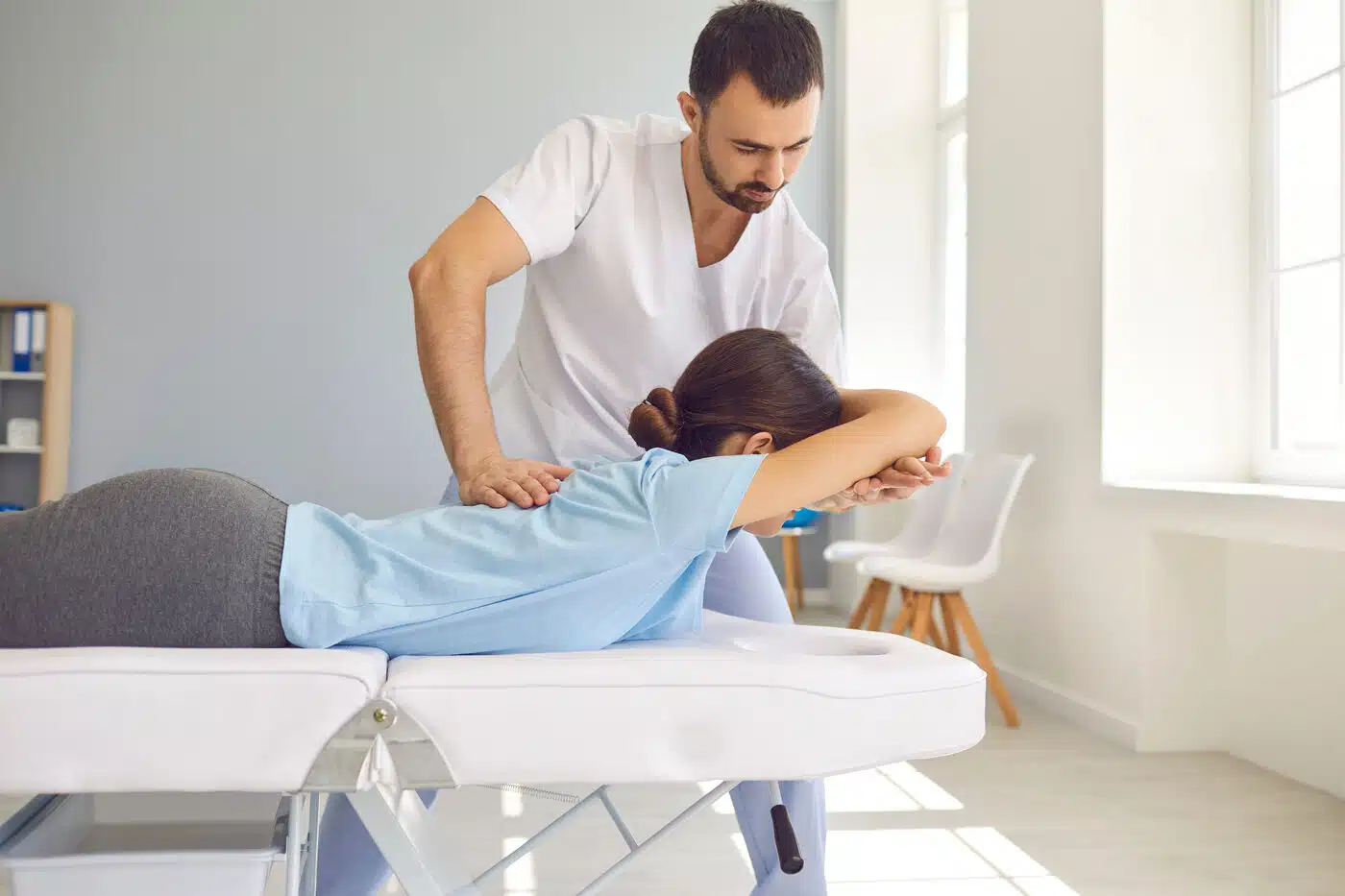

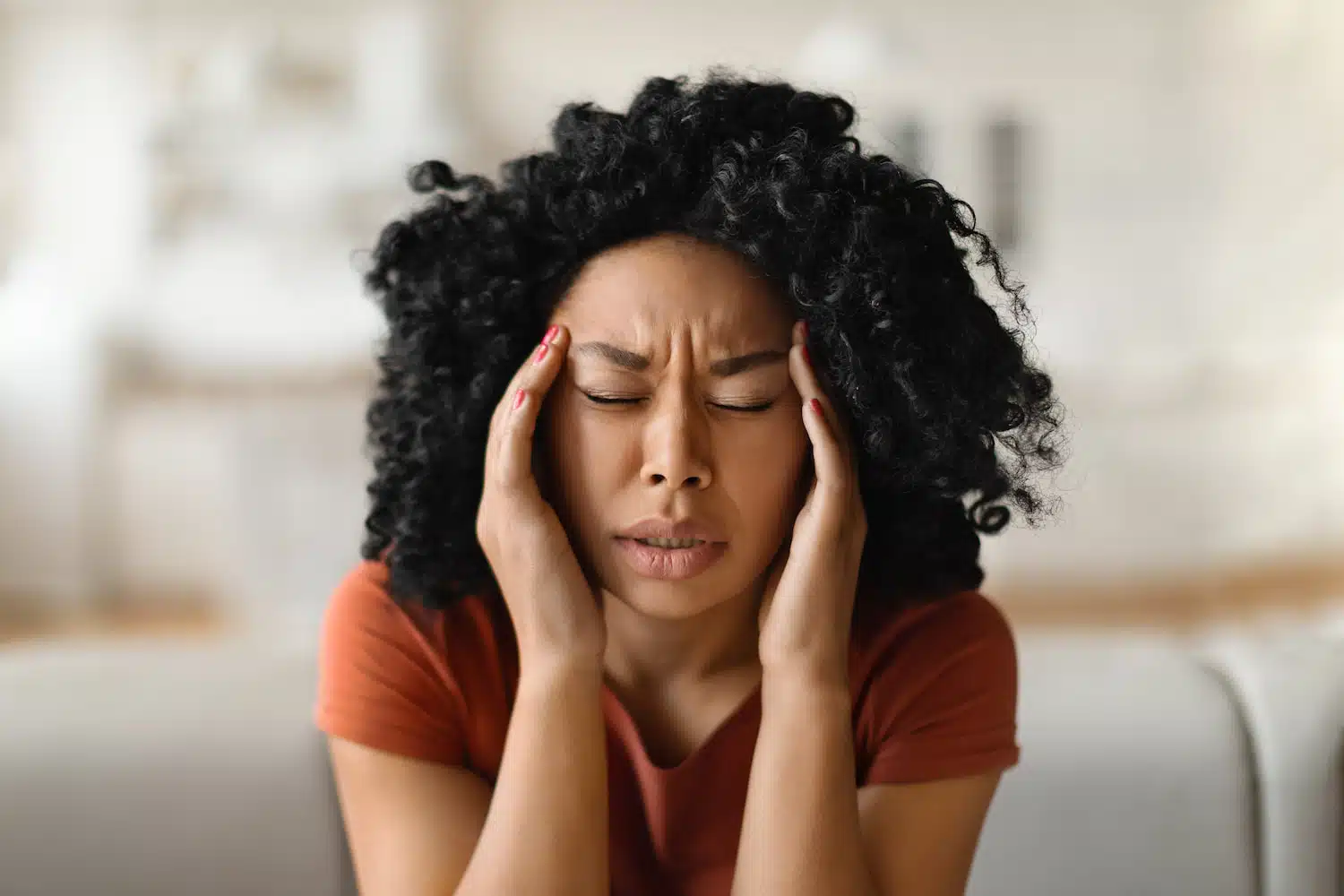
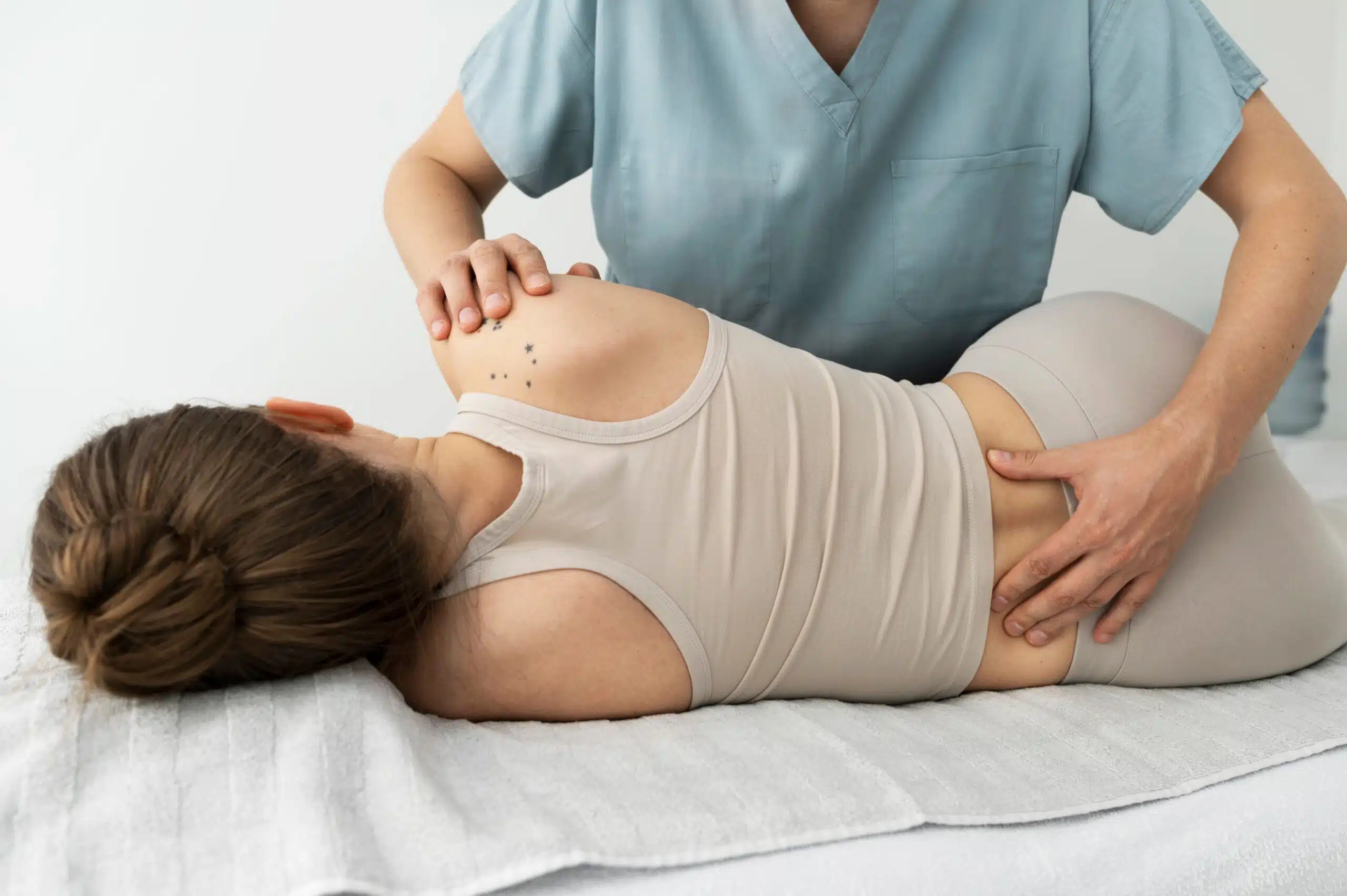
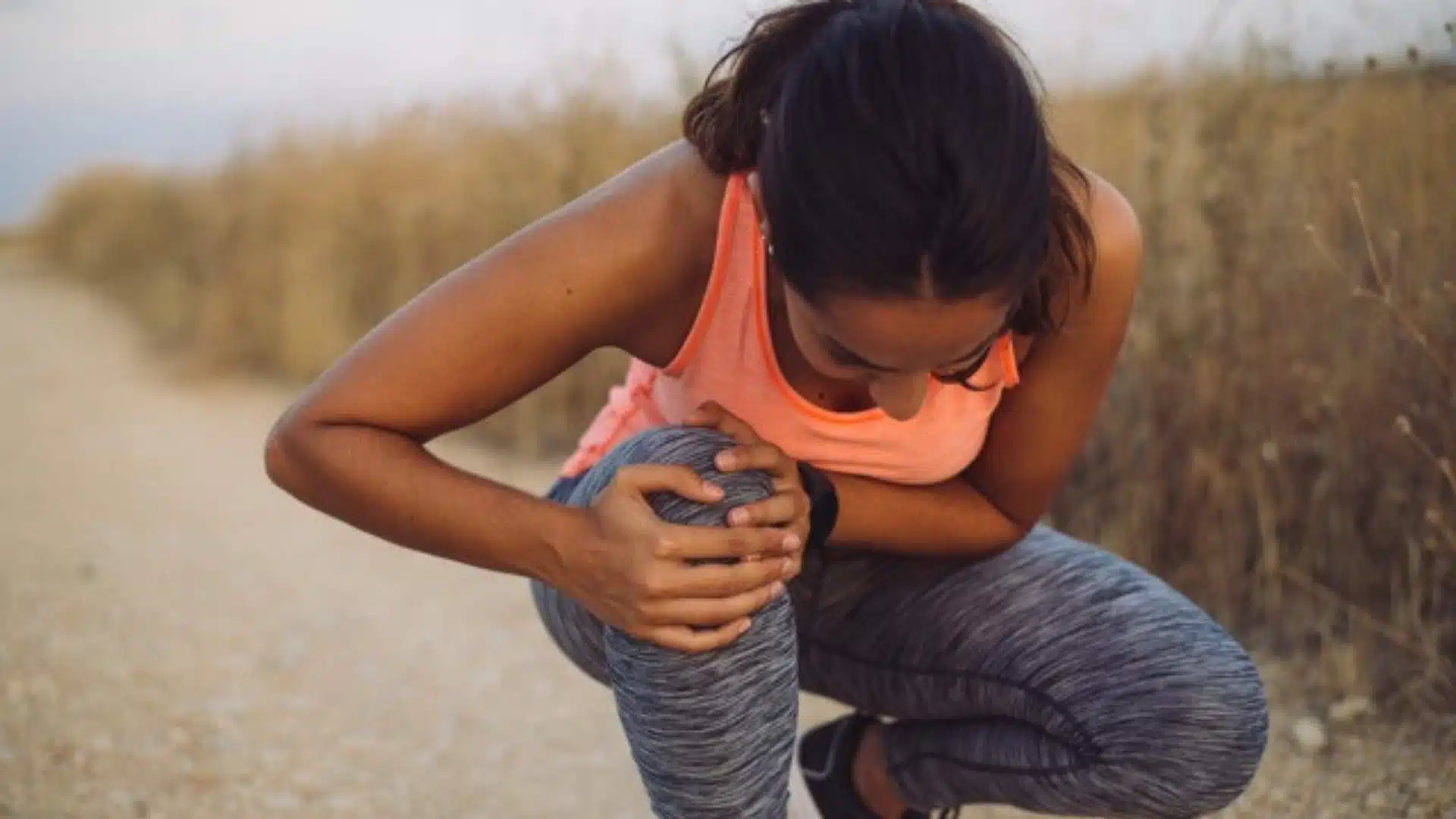


Willis
804 W Montgomery St, Willis, TX, 77378
Montgomery
17099 Walden Rd Suite 100 Montgomery, TX. 77356

